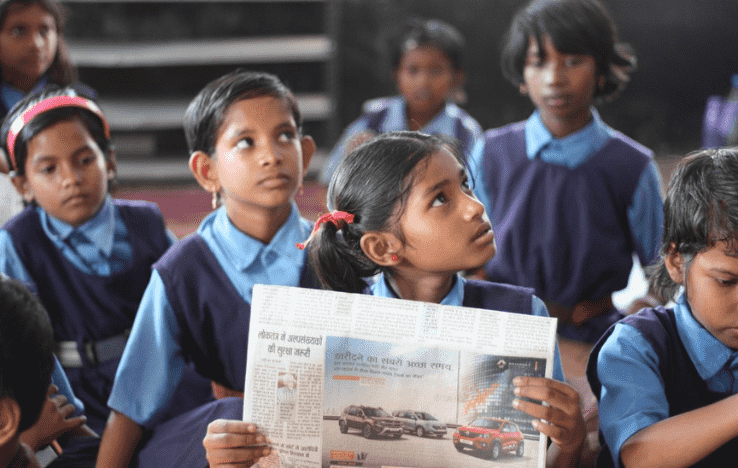“There are so many students in our school that many of us sit in the library because the classrooms are crammed full,” a dismissive girl in a Khajoori Khas government school explains. The lads arrive for courses in the evening, and I go there in the morning with all the other girls. We used to only get calls on alternating days until about a month ago.” This is the somber reality that lives in northeast Delhi’s government schools.
Despite the high court ordering immediate improvements five months ago, the conditions remain unconducive to education.
At the beginning of the year, the Directorate of Education revealed that there were only 48 schools in the district for 1,32,607 students. With one school catering to nearly 2,763 students, the situation is nothing short of a crisis. Administrators are scrambling to accommodate the kids — resorting to multiple shifts and repurposing every available space from staff rooms to libraries into classrooms. Some of the schools in Tukhmirpur and Karawal Nagar also continue to have double shifts.
A student at Tukhmirpur said she was required to attend school only three days a week. The reason was there was no space to accommodate all the students at once. “I enrolled at the end of Aug, and I was informed right at the outset that I would have to attend classes only on Tuesdays, Thursdays and Saturdays. When I asked why, the school administration explained that there was a problem with the building,” said the Class XI student. A school official confirmed this claim.
Delhi High Court’s critique in April of schools in the regions underscores the severity of the situation. The division bench had expressed deep dissatisfaction and said, “The condition of these schools is a reflection of the apathy that plagues our education system.” The court had been alerted to the situation by a report by advocate Ashok Agarwal, appearing on behalf of NGO Social Jurist, who had visited the schools at the behest of the court. Agarwal’s findings painted a discouraging picture: broken desks, severe shortage of classrooms, inadequate textbooks, dilapidated infrastructure. One school in Bhajanpura was described as a ‘tin building’ with students forced to attend in double shifts, while another in Yamuna Vihar struggled to manage its 6,000 students by merging two sections into a single classroom.
An expert noted that the overcrowding was despite around 30% of enrolled students not attending school regularly. A parent confirmed, “My son goes to school on two days then skips classes for two weeks. But nobody enquires about it. When he goes back, the teachers either don’t notice it or don’t care. Often, teachers themselves don’t show up.”
Although some schools are believed to have received new desks and are undergoing renovation, overcrowding continues to be a plague. “Since I filed the report in April and the high court made its observations, no significant progress has been made,” said Agarwal. “The environment remains uncomfortable for students. Some schools only allow children to attend classes three days a week. Others are relieved they don’t attend.”
He added, “Adding a toilet and counting it as a ‘room’ does not work. What is needed are more actual classrooms. Another measure could be to provide transportation so students can attend distant schools that have space for them. This would lessen the pressure on overcrowded schools.” What he is advocating is a concrete plan — and the political will to act upon it.
Get the Latest News Updates and Stay Informed with FELA NEWS!

